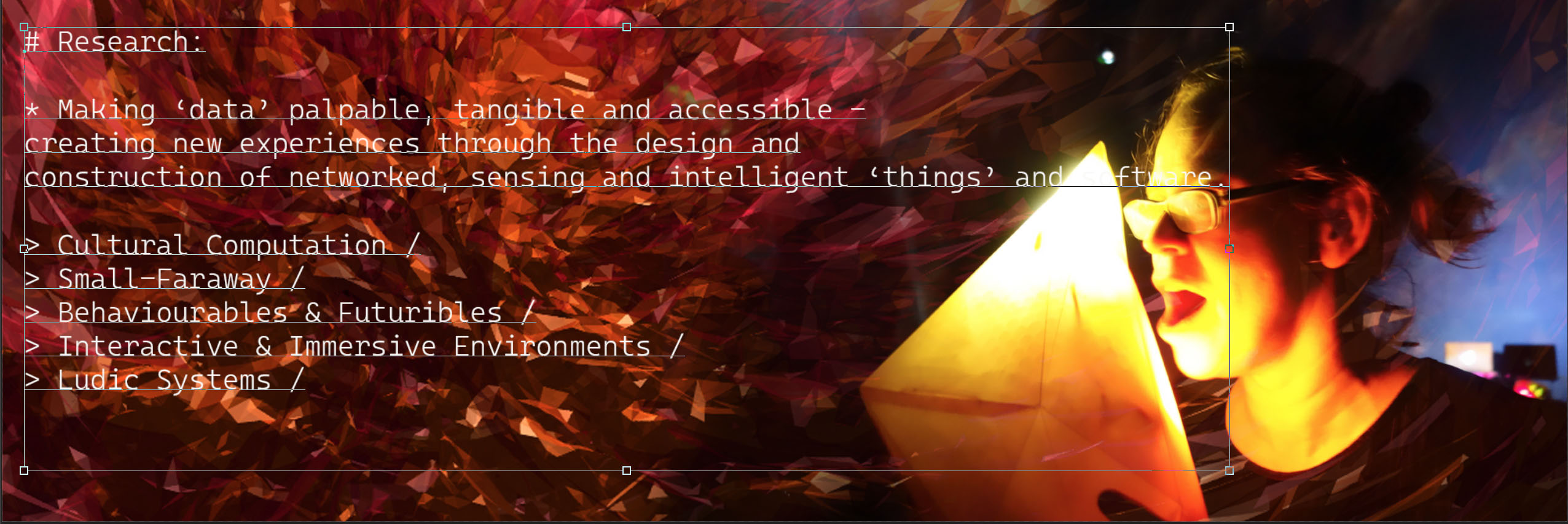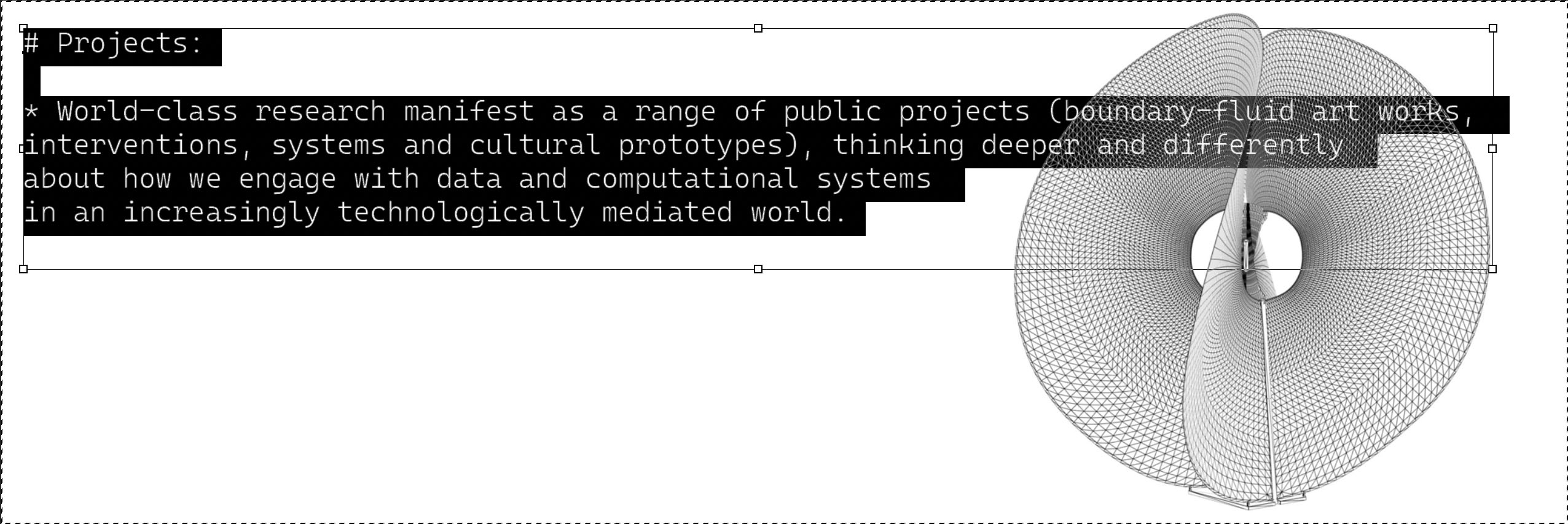
The design and build of an interactive virtual crime scenes prototype for students and external professional partners to explore. The prototype requires participants to follow correct forensic crime scene procedure ensuring the appropriate steps are taken to help identify, preserve and seize evidence. The virtual environment is highly interactive, allowing the participant the ability to roam within the parameter of the crime scene and also to interact with specific elements of interest via an interface which provides lists of actions which could be taken. These actions follow correct procedure and will serve as a learning resource for students and professionals alike.
The prototype:
Provides a real-world Interactive VR design problem for students
Supports classroom learning in Criminology by allowing participants to engage in experiential learning within a simulated virtual world.
Constructs a meaningful and deeper knowledge of the processes used during an investigation and create more meaning from it.
Support a dialogue with external partners to assist in the design and development and application within a professional context.

Crime Scene Plan:
1: Muddy footprints (fading to nothing by the last one) / 2: Ear print on outside of window / 3: Finger print on kitchen drawer / 4: Body (stabbed) / 5: Blood spatter on wall, bed and floor / 6: Knife / 7: Blood drops / 8: partial bloody footprints (Same as shoe print 1 and fading to nothing by the last one) / 9: Blood on interior door handle / 10: Mobile phone / 11: Broken watch (slightly hidden from view between bed and cabinet) / 12: Hair (loose on leg of victim) / 13: Running trainer footprints / 14: Partial bloody hand print in door / 15: Open bottle of whisky with some blood on.



The project was a result of a cross Faculty collaboration between staff and students in Criminology in the School of Law, Criminology and Government and i-DAT in the School of Art Design & Architecture.
Project design team:
i-DAT: Joel Hodges, Rhys Lamble, Mike Phillips, Andrew Prior (lead).
Criminology and Criminal Justice: Brendan Brookshaw, Iain Channing (lead).






You must be logged in to post a comment.